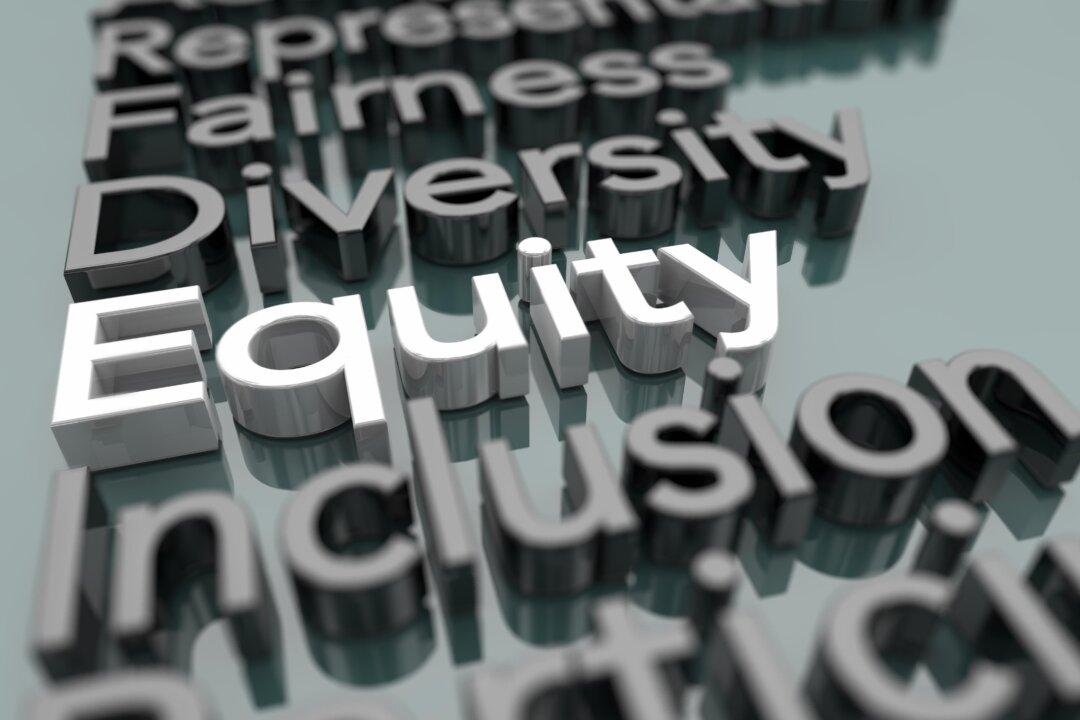Commentary
After showing a painting of the Prophet Muhammad in her art history class, professor Erika López Prater was informed that her teaching contract at Hamline University in St. Paul, Minnesota, would not be renewed. Those who condemned the professor’s actions were convinced that what she did wasn’t only offensive to Muslim students, but that such disrespect shouldn’t be protected by academic freedom.



